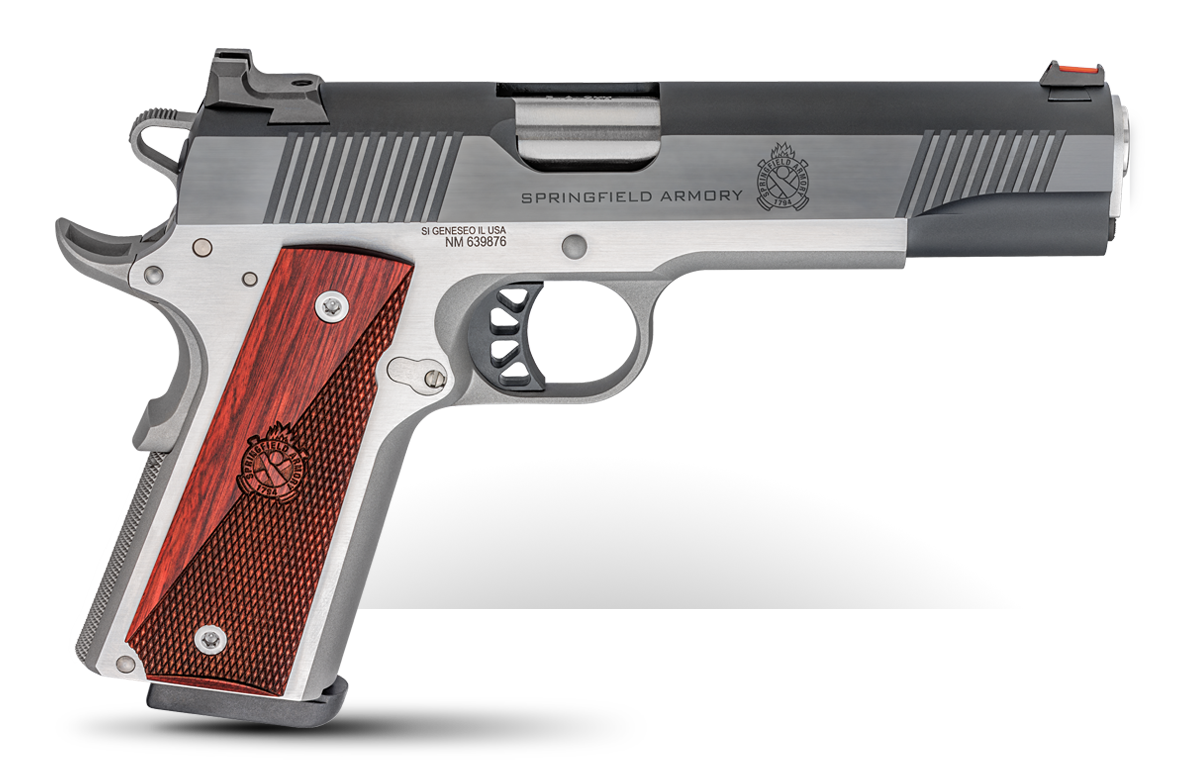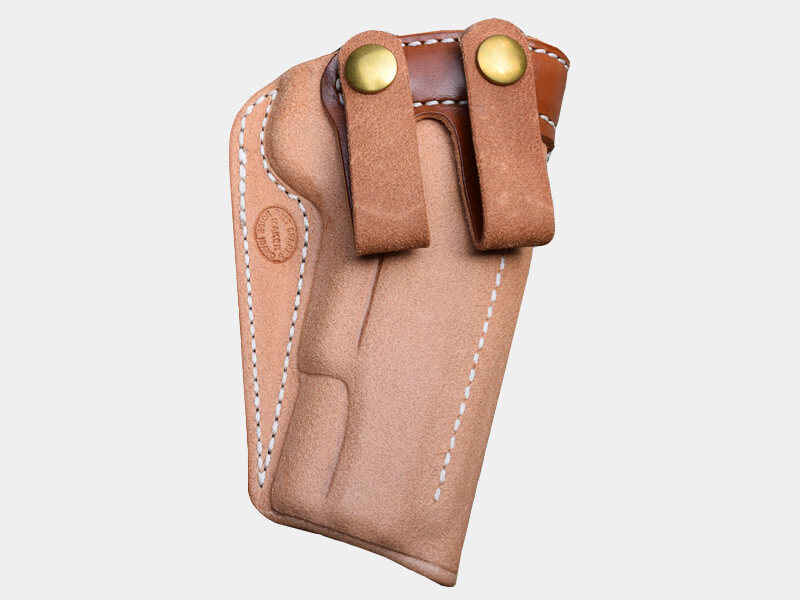Ayoob: How You’d Lose Your CCW (and How to Stop It)
April 4th, 2024
5 minute read
My wife and I were leaving the drugstore one recent evening when we crossed paths with a gentleman who was walking his dog. “Beautiful dog,” my wife sang out to him. He beamed.
“Nice pistol, too,” I added in a pleasant tone with a smile. His smile nervously disappeared.
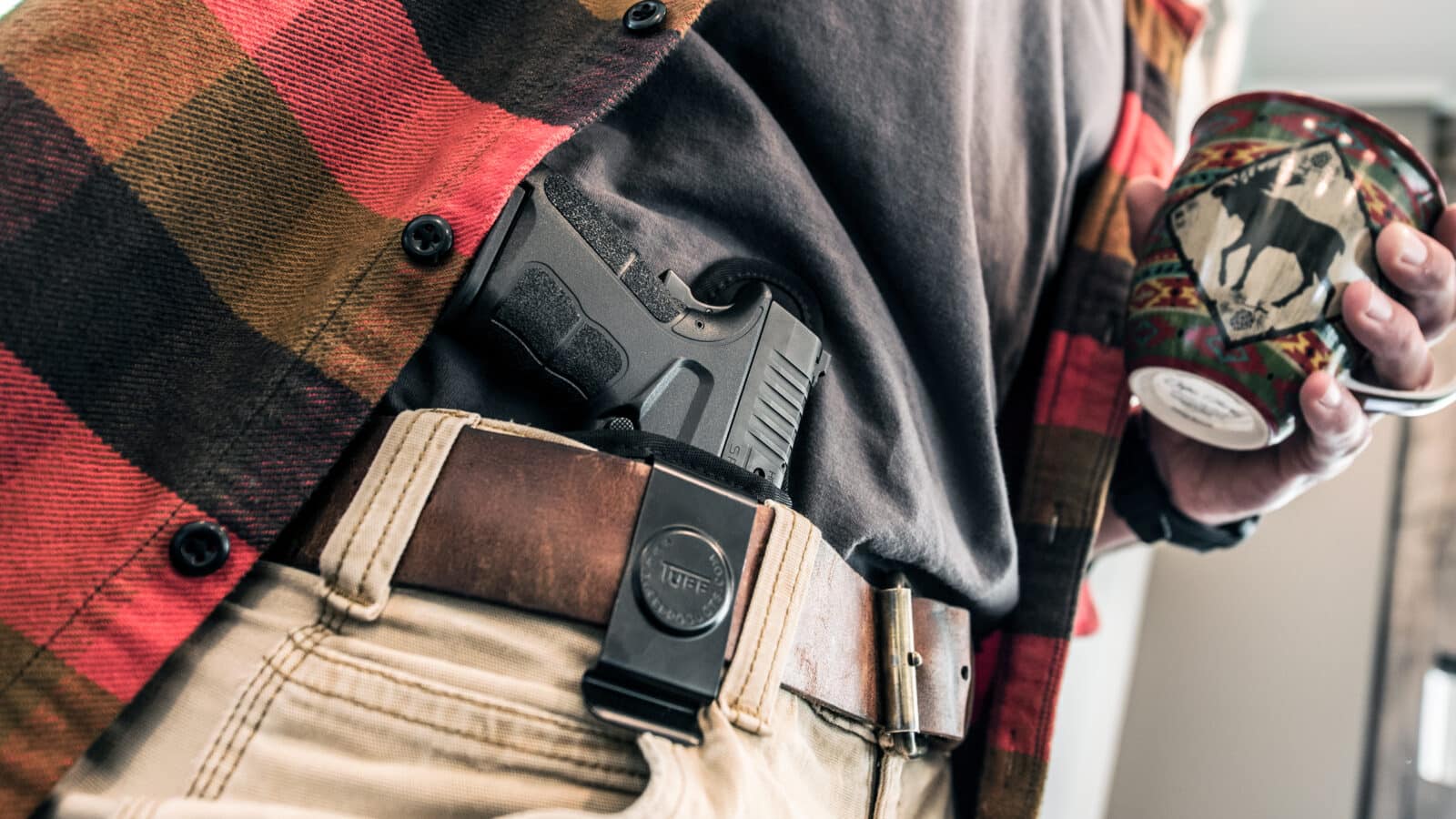
I hope he understood that I meant well. We were in a jurisdiction where concealed carry is legal even without a permit, but open carry is not. I figured it was better for him to get a gentle reminder from a fellow 2A advocate than a MWAG (Man With A Gun) complaint phoned in to 9-1-1 by some panicky anti-gunner.
His handsome 1911 was riding in a light brown pancake style leather holster that contrasted obviously against his dark clothing, because it was set forward of his hip and clearly visible under his open-front Columbia-style shirt.
“Concealed Means Concealed”
Yes, “Concealed means concealed” is something of a cliché, but if we think about it, nothing becomes a cliché unless there’s some truth to it. We who are armed have a covenant with the rest of society that says in essence, “You do not need to fear us.” That was true when I started working in the family jewelry store and carrying a concealed, loaded, cocked and locked 1911 .45 auto, and I find it still true now, hopefully not quite finished, as a 75-year old senior citizen who carries concealed daily.
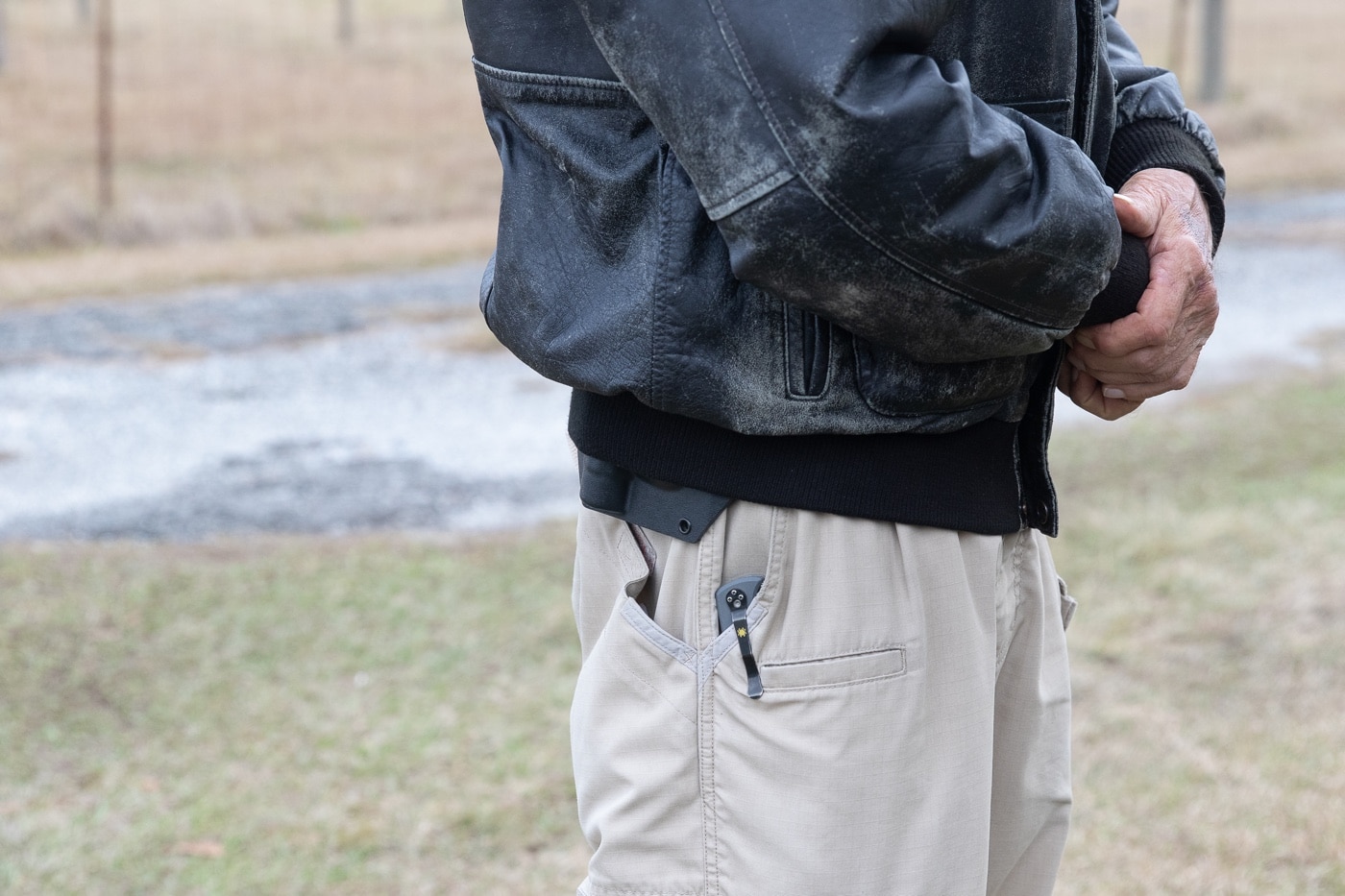
We have to realize that X number of people are scared of guns. Hell, a certain number of people are scared of guns on the hips of cops. Also, in some jurisdictions, exposure can literally cause revocation of concealed carry rights. I was told of one Manhattanite with the rare NYPD-issued concealed carry permit who lost it when, running to catch a subway train, his holstered .38 became visible and panicked some observers. When I was in South Africa in the late 1980s, the authorities told me I was legal to carry concealed, but if my handgun became exposed anyplace but out in the bush, it would be confiscated.
Concealment Tips
“Dress around the gun” is advice which, to the best of my knowledge, came first from officer survival authority Lt. Evan Marshall, Detroit Police Department (retired). It made sense then and it makes sense now.
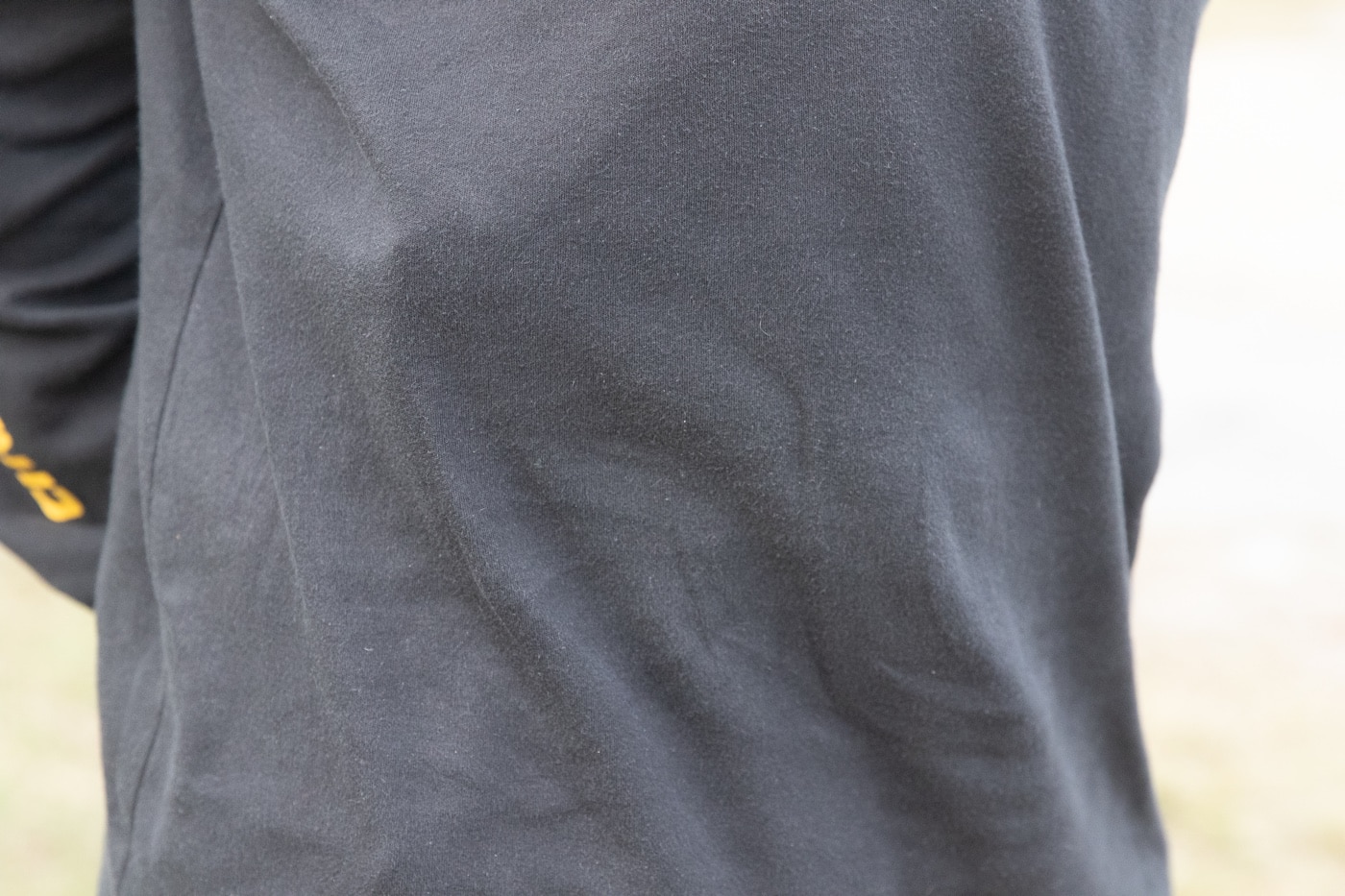
Concessions have to be made between dress code and armament. We must recognize that there are NPEs, Non-Permissive Environments, where it might be strictly legal for us to be armed but might also be an occupational or social kiss of death to be discovered as such.
If you wear a gun on your belt, carry it behind the hip and not on the point of the hip. Concealed carriers speak of the clock position, in which the belt buckle is 12 o’clock. The right-handed person wearing the pistol at perfect 3 o’clock will find it bearing uncomfortably on the hip-bone and protruding from the body’s profile. Just moving it a tad behind the hip to 3:30 will keep it much more out of sight, vastly improve comfort, and allow the drape of the cover garment from the shoulder to keep the gun’s butt from “printing.”
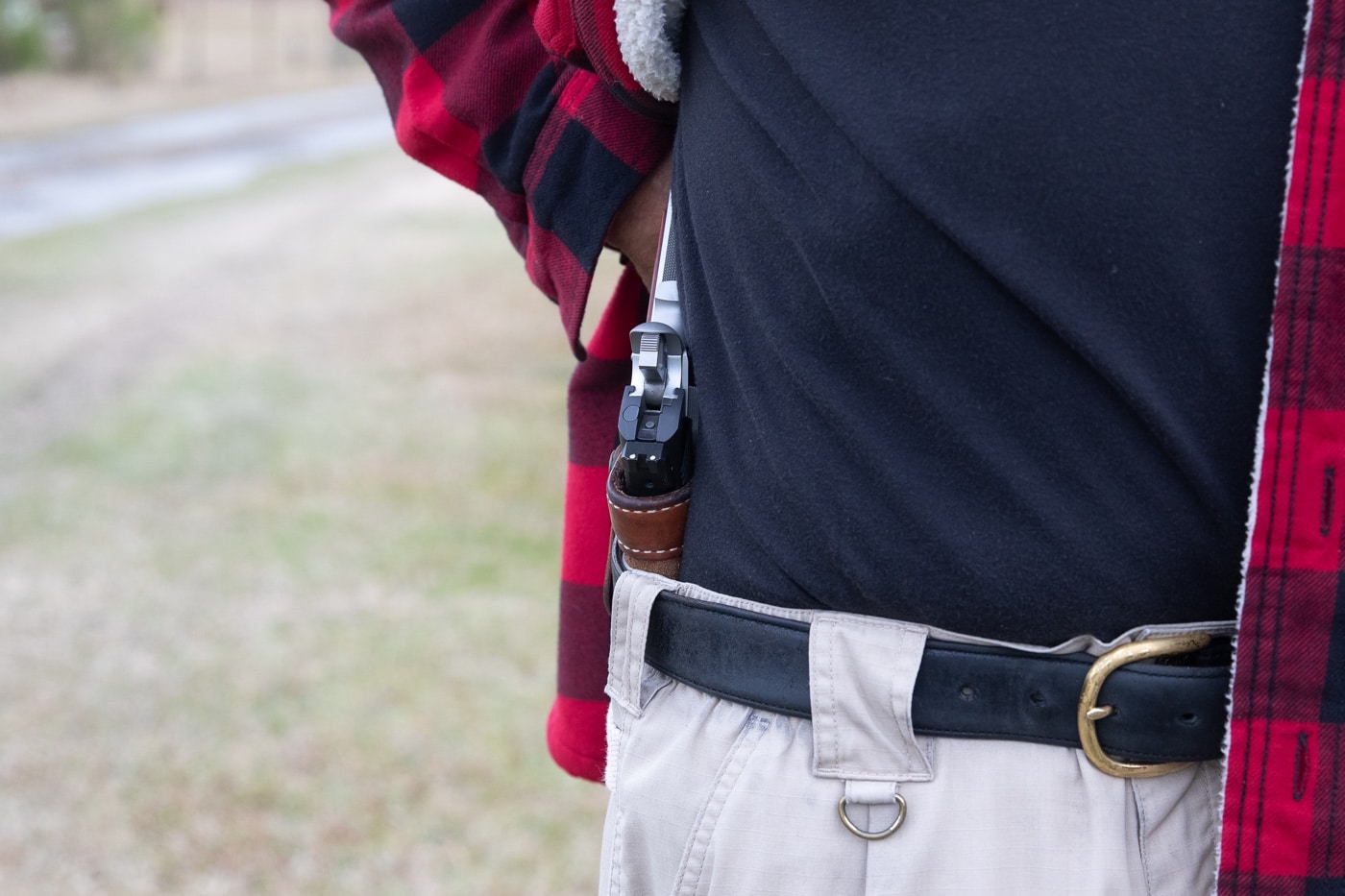
Need to bend down for something? Bending forward at the hips will cause a gun butt to bulge obviously. Remember “use your knees, not your back”? That will save back pain and prevent gun printing.
Holster selection? Inside the waistband conceals better than outside, no question about it. The cover garment can ride all the way up to the bottom of the belt and not reveal the hardware, and the trousers break up the outline of the holstered gun. With a proper design, you’re not sacrificing speed with most body shapes (extreme obesity can be an issue here, though).
The price you pay is that you bought the pants to fit you, and now they have to encompass a holstered gun, too. That can get uncomfortable. Get the pants a couple inches larger in the waistband and the discomfort should disappear. (Old age has taught me that sciatica can change that, though.)
You prefer an outside the waistband holster? One in the “pancake” style developed more than half a century ago by holster designer Roy Baker can solve the problem. The belt slots fore and aft pull the whole holstered gun tighter into the body’s profile, and you don’t need new pants. It won’t hurt if you get the cover garment one size larger than usual to give you enough fabric drape for complete concealment.
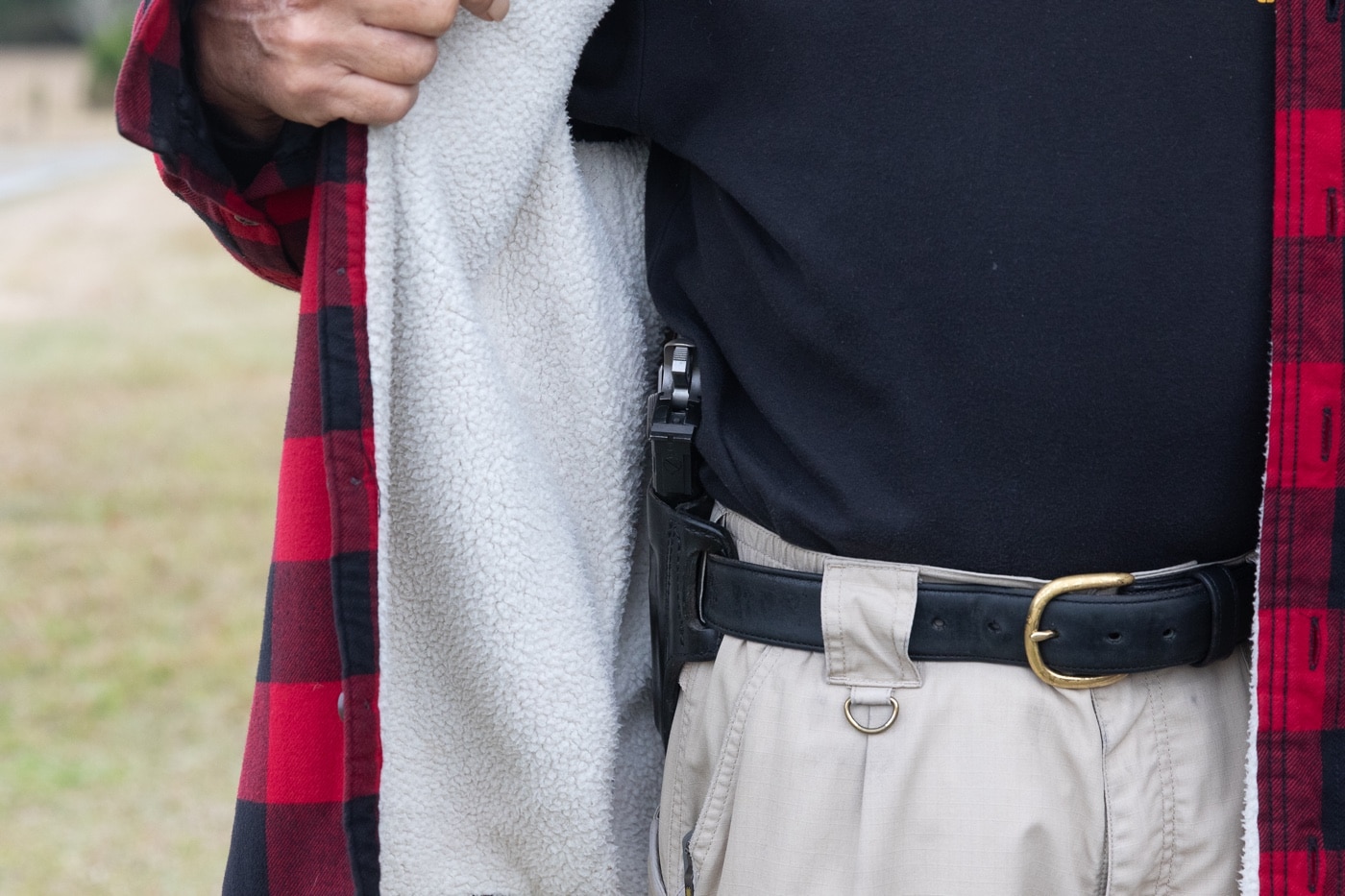
Wanna dress cool? You picked a good time for it. Un-tucked shirts, even un-tucked dress shirts when you get down around Miami, are in vogue now. Once again, inside the waistband and cover garments one size larger make sense. Solid or patterned colors help distract from possible “gun outlines.”
Bottom Line
Obviously, you still want fast access. If you choose the currently popular AIWB (Appendix carry Inside WaistBand), a two-handed draw with support hand lifting a closed-front garment and dominant hand going for the gun is super-fast. However, if one hand is otherwise occupied (fending off an attacker, for example) a one-handed draw is faster from the hip with an open-front garment.
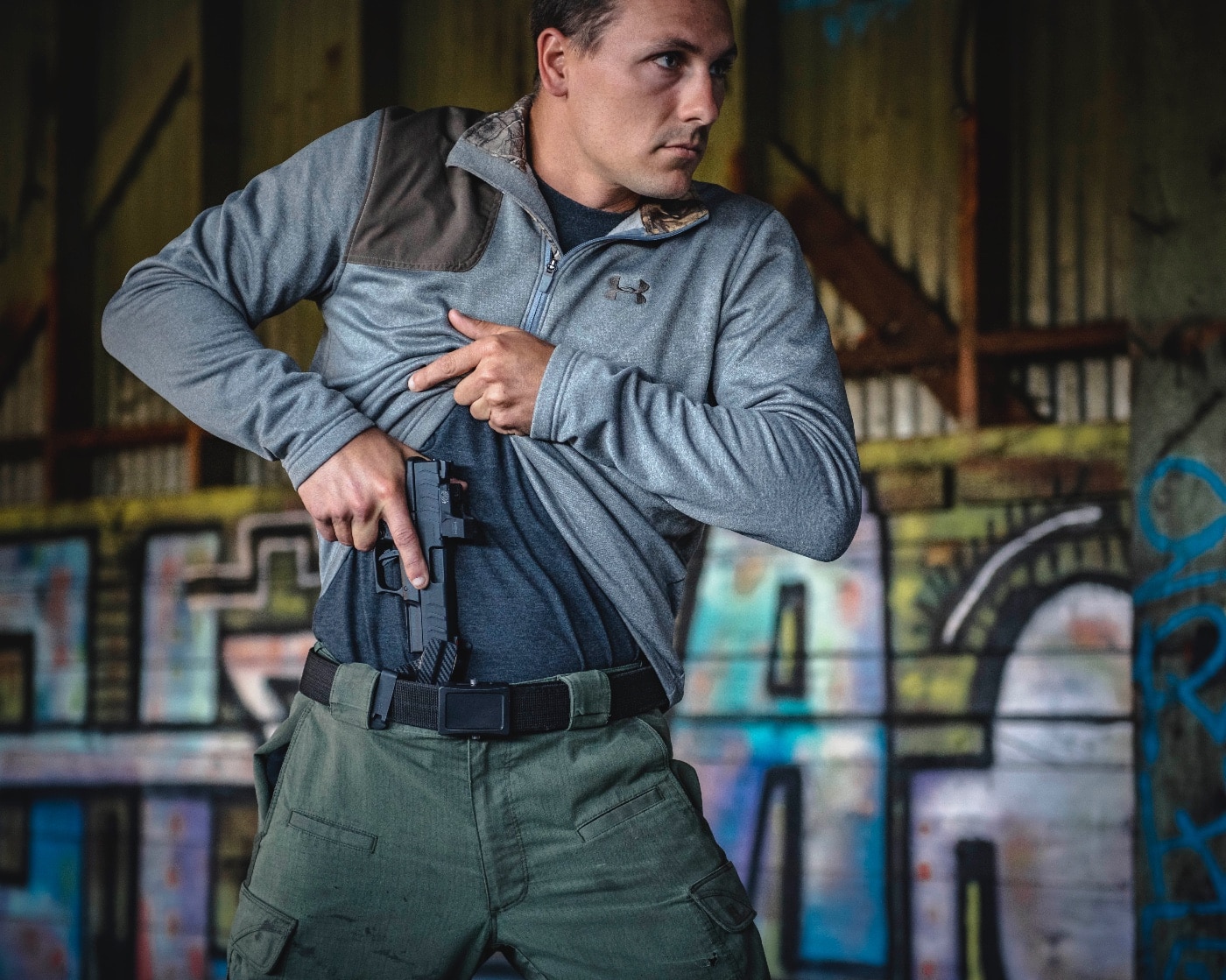
Never forget that people ranging from hardened criminals to drunken show-offs are floating around out there, and one of them grabbing for your gun is a Really Bad Thing for all concerned.
Finally, when you carry concealed, practice drawing from concealment with an empty gun! With proper technique and practice, you aren’t giving up that much draw time.
In a lot of ways, the operative term in “concealed carry” is “concealed”!
Editor’s Note: Please be sure to check out The Armory Life Forum, where you can comment about our daily articles, as well as just talk guns and gear. Click the “Go To Forum Thread” link below to jump in and discuss this article and much more!
Join the Discussion
Featured in this article
Continue Reading
Did you enjoy this article?

 1102
1102




